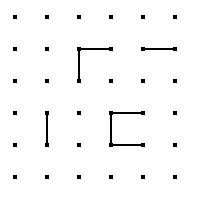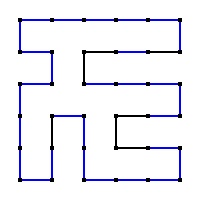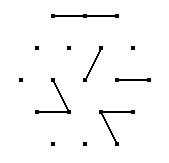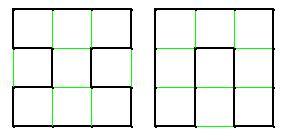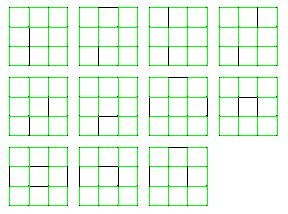Here is my simplified version of Conway’s wizards puzzle.
Last night when I was coming home from my writing class with Sue Katz, I sat behind two wizards on the bus, and overheard the following:
— Wizard A: “I have a positive integral number of children, whose ages are positive integers, the sum of which is the number of this bus, while the product is the amount of dollars I have in my pocket.”
At this point I interrupted the wizard. “Excuse me, professor, I overheard your conversation and can’t resist asking you a question. Usually when a father says ‘my children’ everyone assumes that he has at least two children. Can I assume that?”
— Wizard A: “No. I stated my assumptions up front. A positive integral number of children means one or more.”
I started thinking. If I were to explain this to a non-mathematician who assumes that ‘my children’ means more than one child, I would need to change the wizard’s statement into the following:
“I have at least one child. The ages of my one-or-more children are all positive integers. The sum of the ages of my children or the age of my only child is the number of this bus. The product of the ages of my children or my only child’s age is the amount of dollars I have in my pocket.”
Hmm. I like that mathematicians use ‘my children’ to indicate any number of children. Makes puzzles faster to type.
Anyway, the wizards continued their discussion:
— Wizard B: “How interesting! Perhaps if you told me the number of your children, I could work out their individual ages”
— Wizard A: “No.”
— Wizard B: “Aha! AT LAST I know how many children you have!”
If I were John Conway, I would have asked you next, “What is the number of the bus?” As I am not John Conway, I’ll ask you, “Why do we presume that Wizard A hasn’t cheated on his wife?”
The answer is that all wizards are notorious for making precise statements. If he cheats a lot, he would have started the conversation with, “The number of children I know about is a positive integer.” Or maybe, more discreetly, “My wife and I have a positive integral number of children.”
If you have already figured out the number of the bus, the bonus question is, “Why did I change the ‘age of the first wizard’ in Conway’s original puzzle into the ‘amount of dollars’ in my puzzle?”
When I left the bus, I started wondering why on earth anyone would ever want to sum up the ages of their children. And I remembered that I once did it myself. I was trying to persuade my sister to apply for U.S. citizenship. My argument was that by moving here the life expectancy of her children would increase by 30 years. Indeed, she has two sons and the male life expectancy in Russia and the U.S. has an astonishing 15-year difference. I have to admit that my argument is not very clean, as we do not know the causes for this difference and, besides, the data is for life expectancy at birth and it changes while our kids age. My sister dismissed my argument, saying that the low male life expectancy in Russia is due to alcoholism and that her family is not in the high-risk group.
So, there could be a reason to sum up the ages of your children, but why would anyone ever want to multiply the ages of their children? In any case, if the first wizard continues to keep an amount of dollars equaling the product of the ages of his children in his pocket, his pocket will do better than mutual funds for the next several years.
Share:





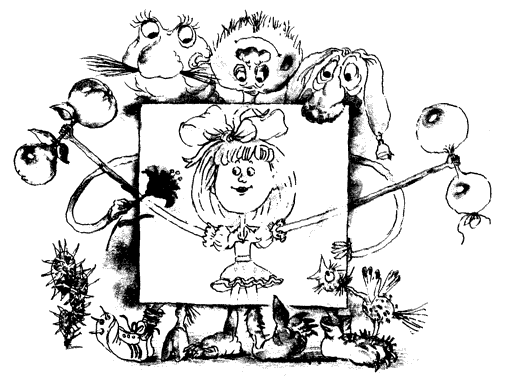 Here is a funny puzzle from
Here is a funny puzzle from  One of Microsoft’s biggest contributions to humanity is the popularization of manhole covers. The most famous question that Microsoft asks during job interviews of geeks is probably, “Why are manhole covers round?” Supposedly the right answer is that if a manhole cover is round it can’t be dropped into the hole. See, for example,
One of Microsoft’s biggest contributions to humanity is the popularization of manhole covers. The most famous question that Microsoft asks during job interviews of geeks is probably, “Why are manhole covers round?” Supposedly the right answer is that if a manhole cover is round it can’t be dropped into the hole. See, for example, 

